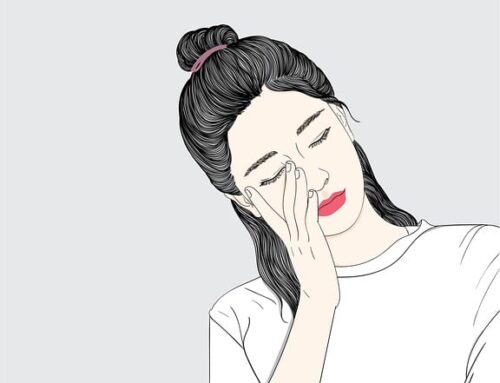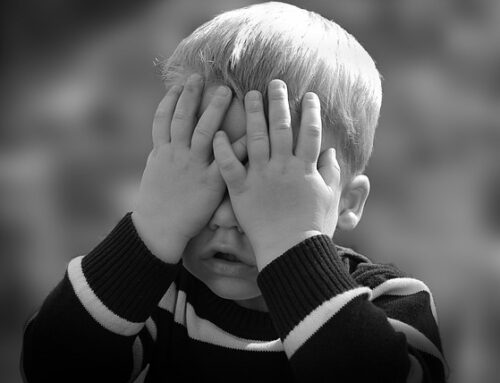Headaches and migraines can be caused by teeth grinding. This involuntary and excessive clenching and grinding of your teeth is a common condition with one in five adults being affected in the U.S. at the moment–it continues to rise. As a result, teeth grinding, or Bruxism, can result in significant tooth wear and enamel erosion. This can then leading to tooth surface sensitivity and chipped or fractured teeth, among other dental complications. However, 90 percent of those who suffer from bruxism also experience headache pain that is caused by their grinding.
What is the link?
The link between teeth grinding and headaches is caused by the clenching or grinding of the teeth, which makes sense. Look at it this way; the jaw is capable of exerting more than 250 pounds of force when clenching. This is enough to crack a walnut and explains tooth wear caused by teeth grinding. It may also lead to temporomandibular joint (TMJ) pain.
Responsible for all jaw movements, TMJs are the most active joints in your body and can endure a lot of wear and tear. Because your TMJ connects the lower jaw to the temporal bone of the skull, excessive grinding and clenching can place pressure on these joints. As a result, it can cause pain in your temples, behind your eyes, in the back of your neck and through your cheeks and ears.
It is important to seek treatment from Dr. Patel at Craniofacial Pain & Dental Sleep Center of Georgia if you grind your teeth to help stop headache pain and prevent further damage to your teeth.







